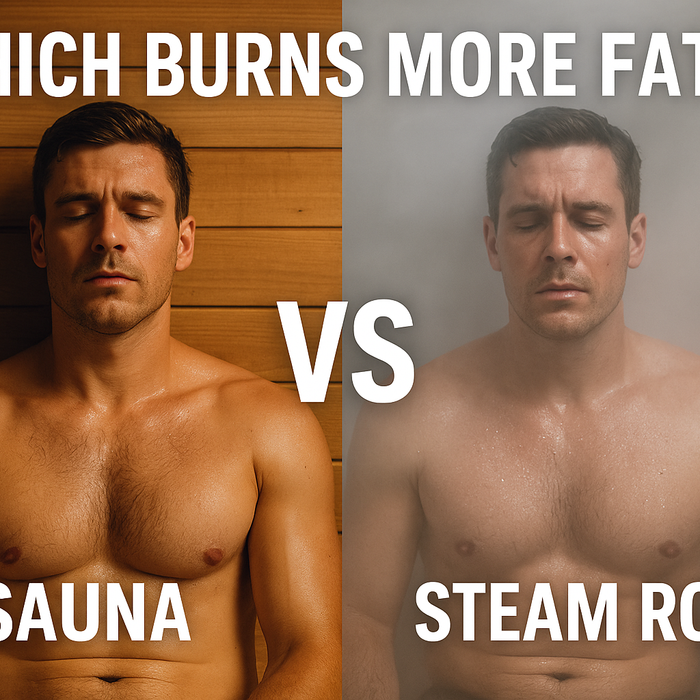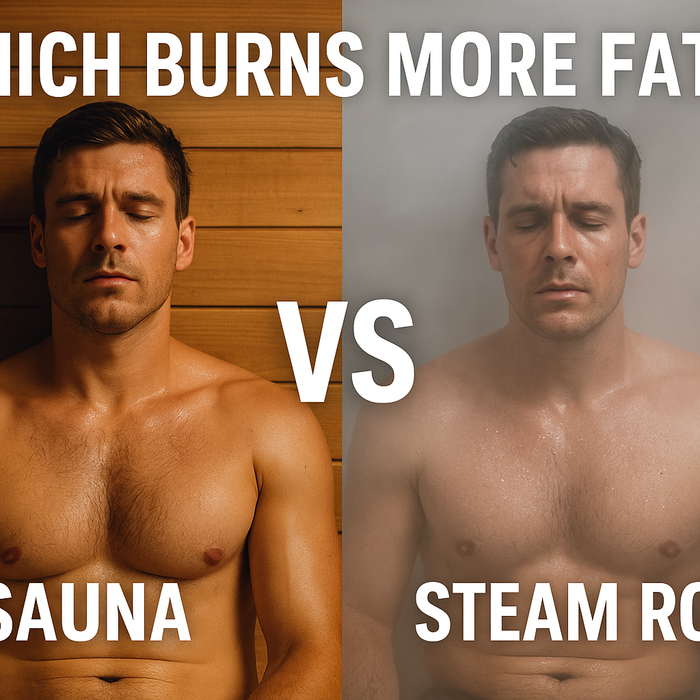Correct temperature sensor placement is crucial for ensuring accurate readings and efficient operation of an electric sauna heater. Since temperature sensors regulate when the heater turns on and off, improper placement can lead to overheating, underheating, or energy inefficiencies.
Follow Manufacturer Guidelines First
Every sauna heater manufacturer provides specific instructions for temperature sensor placement in their installation manuals. These guidelines should always be your first reference, as different heater models may have unique placement requirements. Improper placement can void warranties, reduce efficiency, or create safety hazards.
For HUUM, Harvia, Finlandia, and Saunum sauna heaters, detailed instructions are included in their respective manuals, which outline the ideal location for the temperature sensor.

General Best Practices for Temperature Sensor Placement
If your manual does not provide clear instructions or you are looking for general guidance, most manufacturers recommend the following:
1. Mount the Sensor at the Correct Height
- The sensor should be positioned 12 to 20 inches (30 to 50 cm) from the ceiling, as heat naturally rises.
- This placement helps measure the ambient temperature accurately at head level for seated users.
2. Install on the Same Wall as the Heater
- The sensor is typically placed on the same wall as the electric sauna heater, but not directly above it.
- Avoid mounting it too close to the heater, as direct heat exposure can cause inaccurate readings and premature shut-off.
3. Keep the Sensor Away from Ventilation Openings
- Do not place the sensor near fresh air inlets or ventilation ducts, as this can lead to fluctuating temperature readings.
- Sensors should be in an area where air circulation is stable and representative of the overall sauna temperature.
4. Avoid Corners and Low Placements
- Corners often trap heat, leading to false high readings, while placing the sensor too low can result in underheating.
- Ensure the sensor is on a flat, unobstructed wall where heat is evenly distributed.

Common Mistakes to Avoid
-
Placing the Sensor Too Close to the Heater: This can cause overheating and premature shut-off.
-
Mounting the Sensor Too High: Readings may be too high, leading to the sauna feeling cooler than expected.
-
Installing Near a Ventilation Opening: This can result in temperature fluctuations and inefficient heating.
Choosing the Right Sauna Temperature Sensor
Most electric sauna heaters come with a compatible temperature sensor included. If replacing or upgrading, always choose a sensor that is compatible with your specific heater and control system.
Final Thoughts
Proper sauna temperature sensor placement ensures a comfortable and efficient sauna experience. Always follow your manufacturer's installation manual first, then apply general best practices for optimal performance.
Looking to upgrade your sauna? Explore our selection of sauna heaters and sauna accessories to create the perfect sauna setup.







Leave a comment